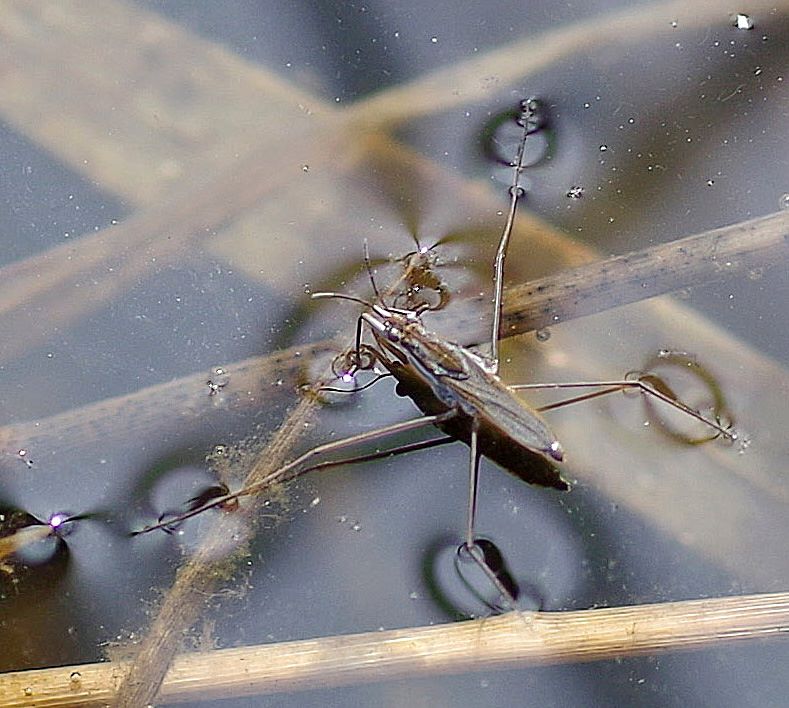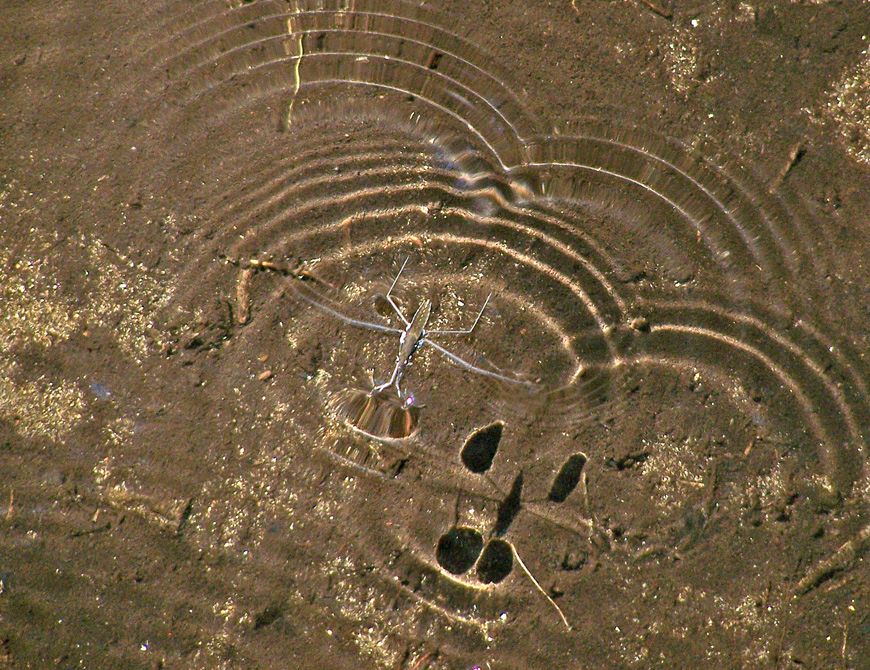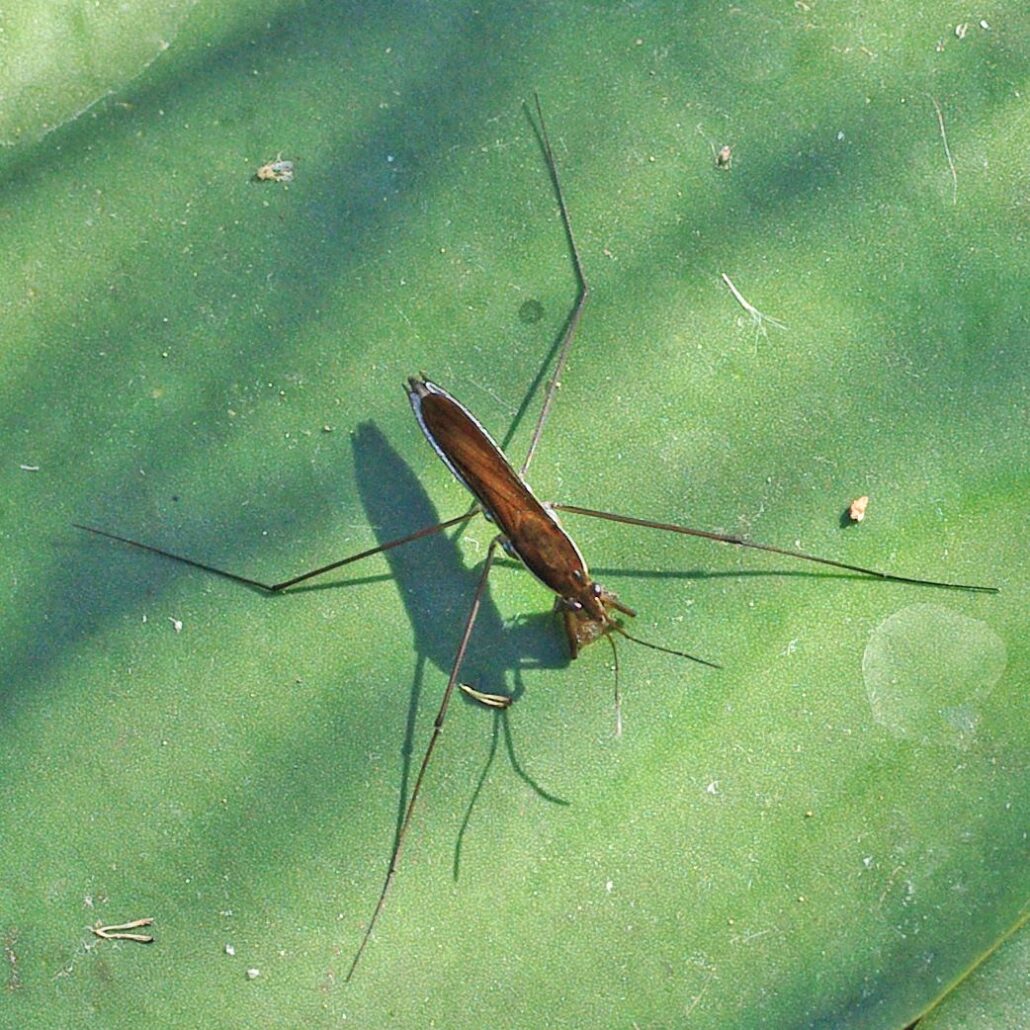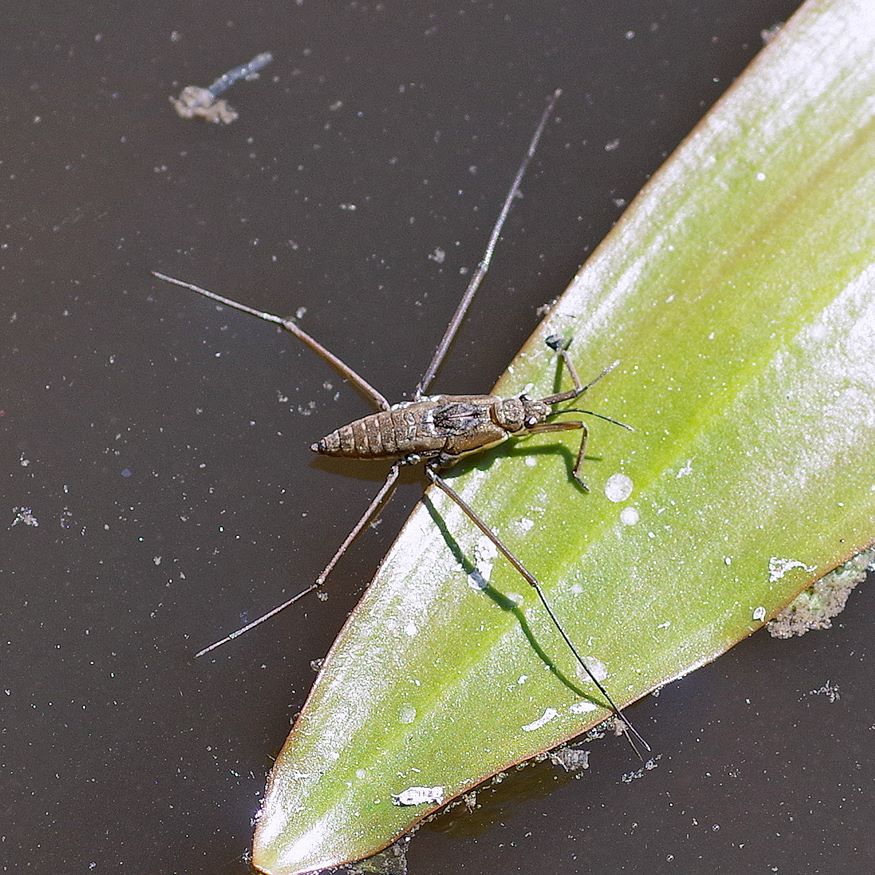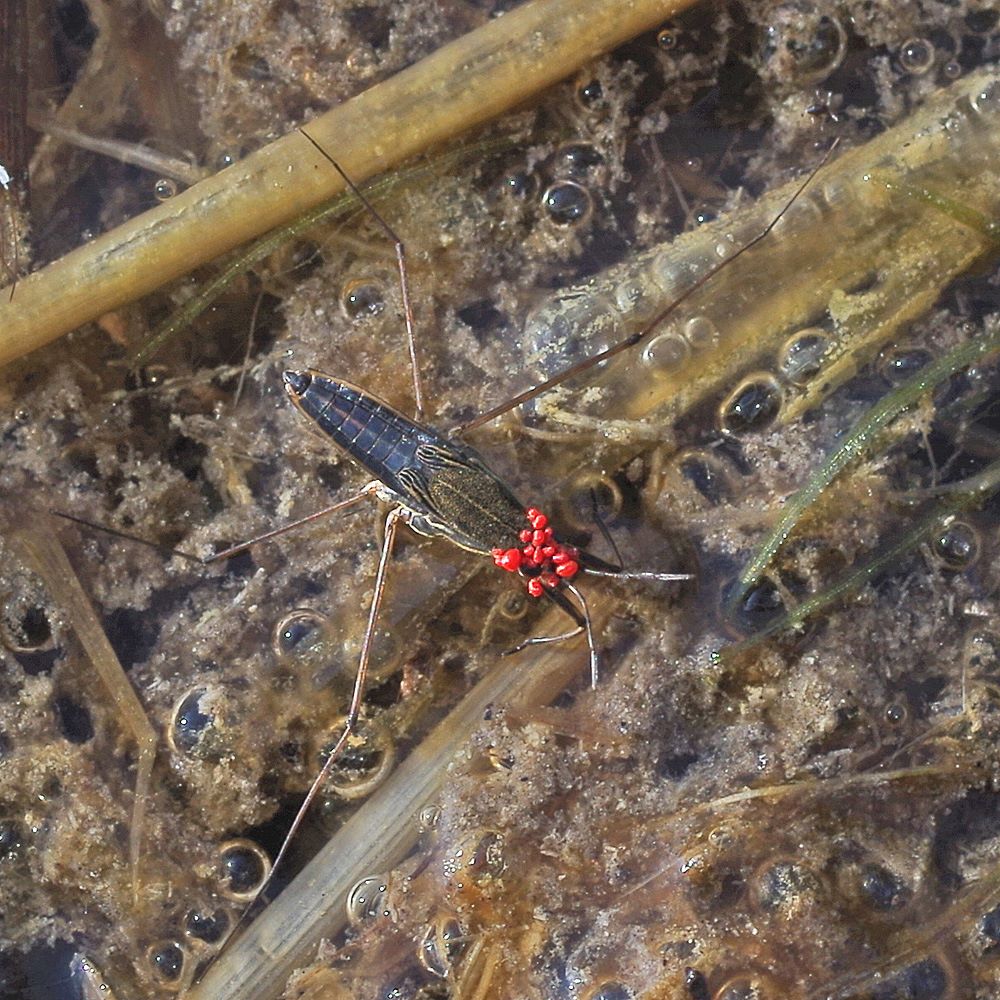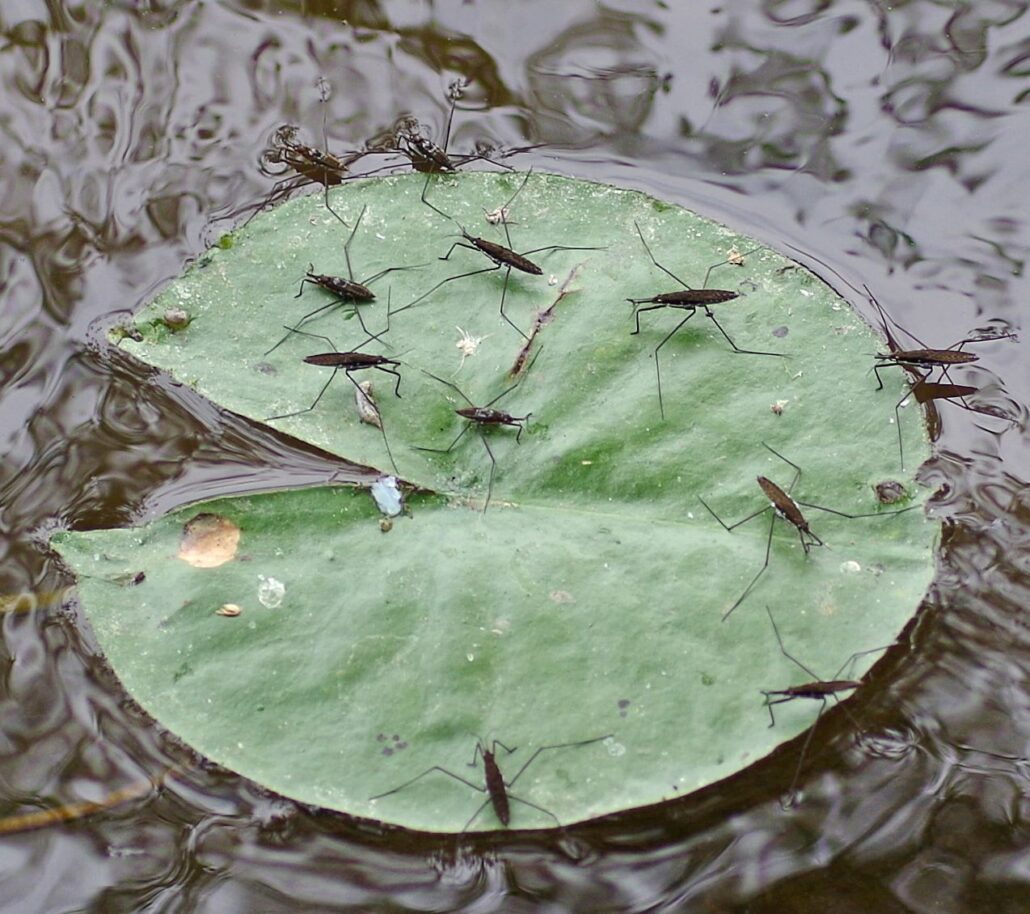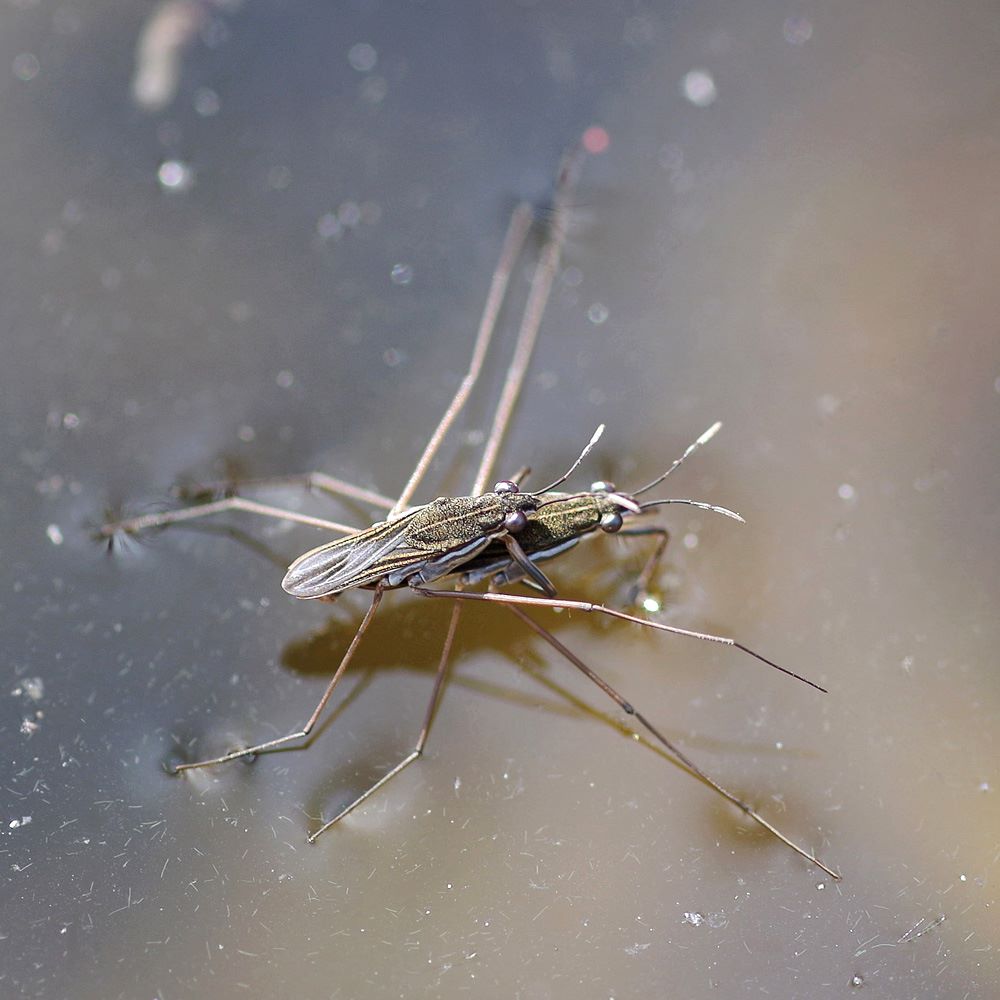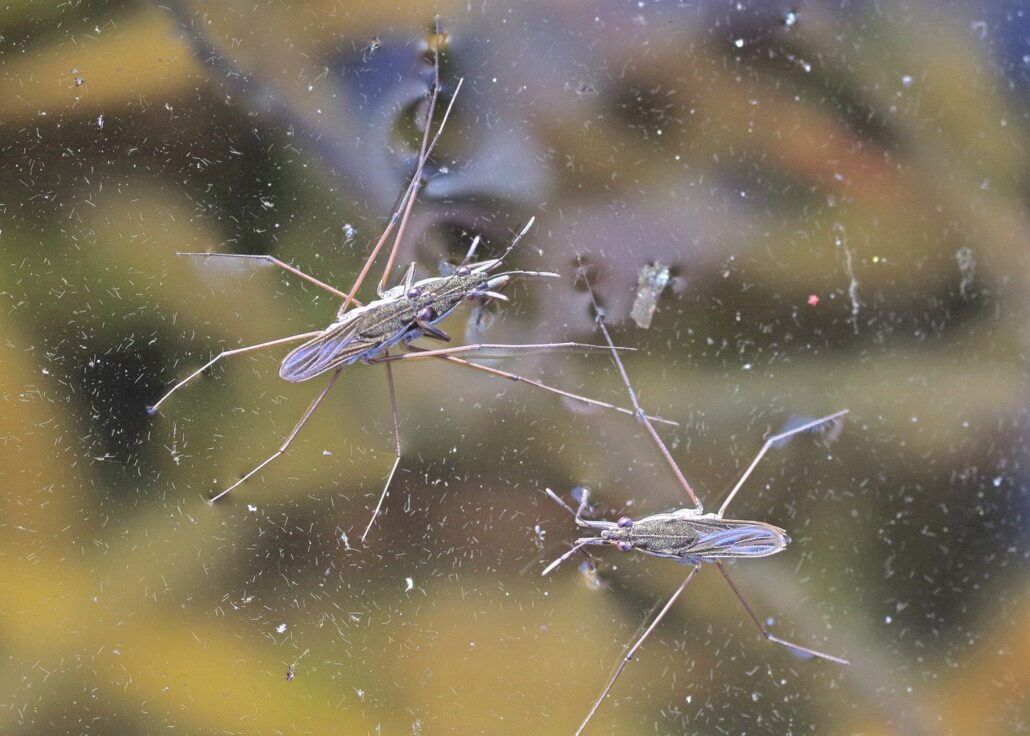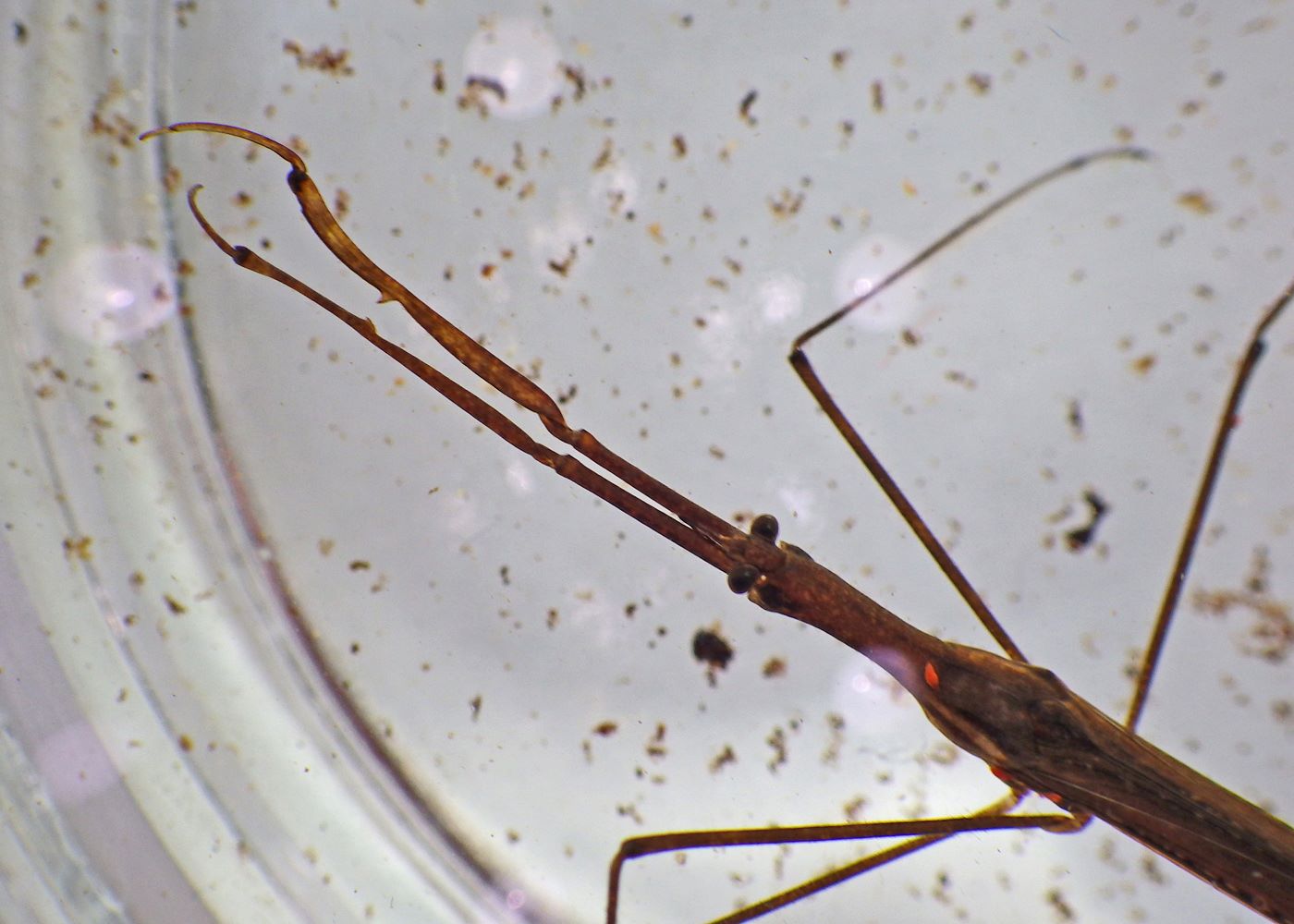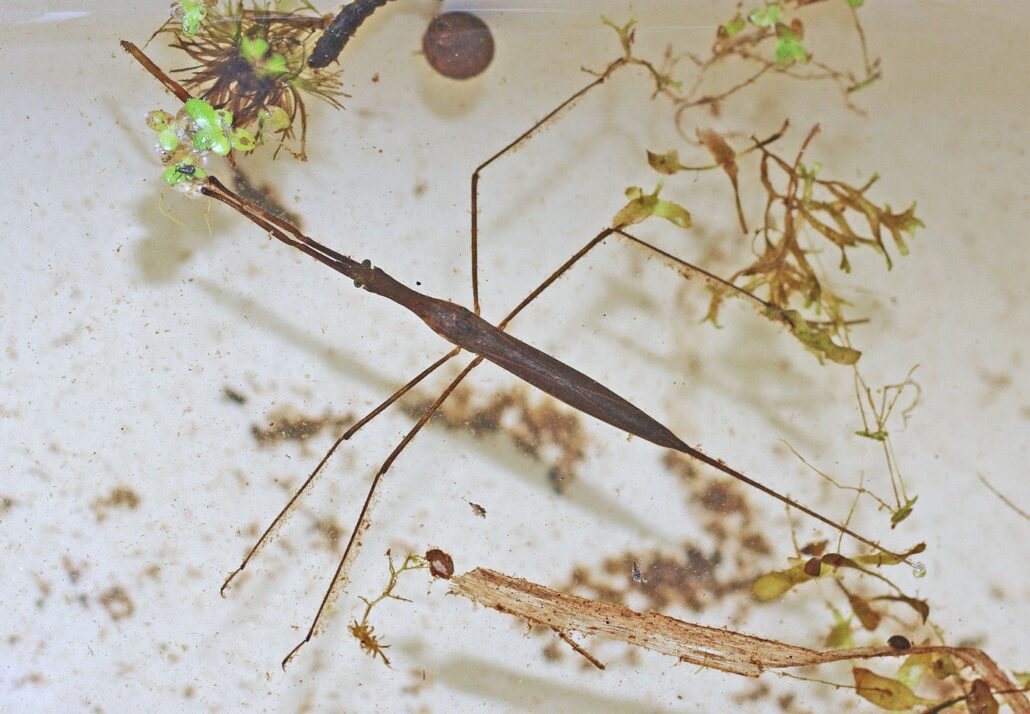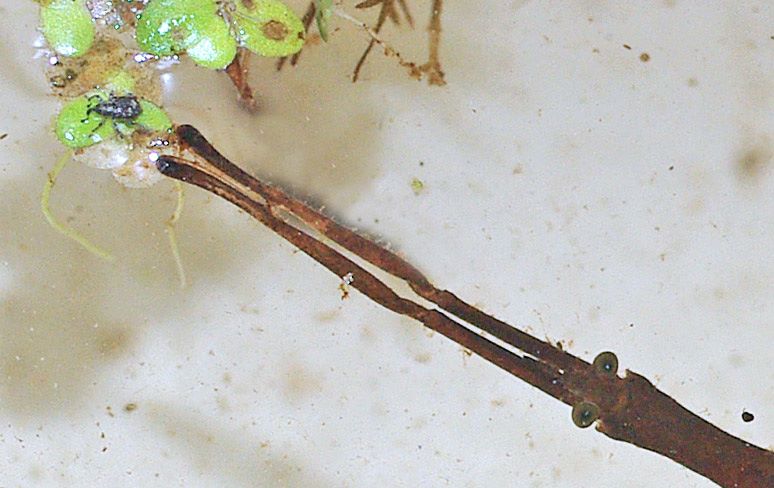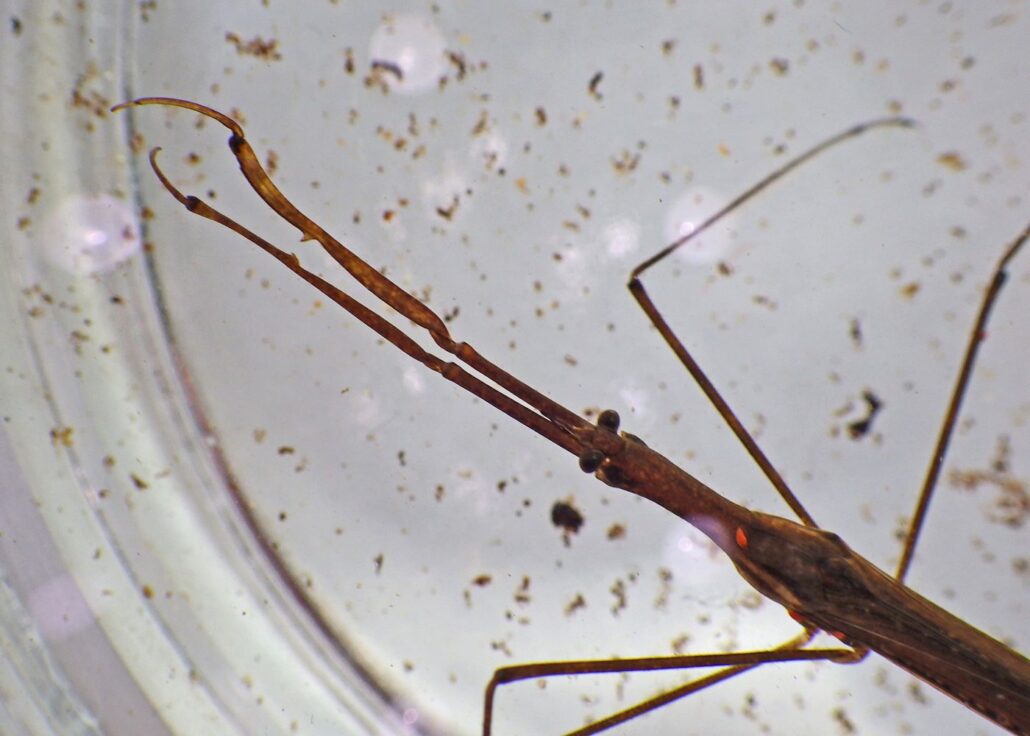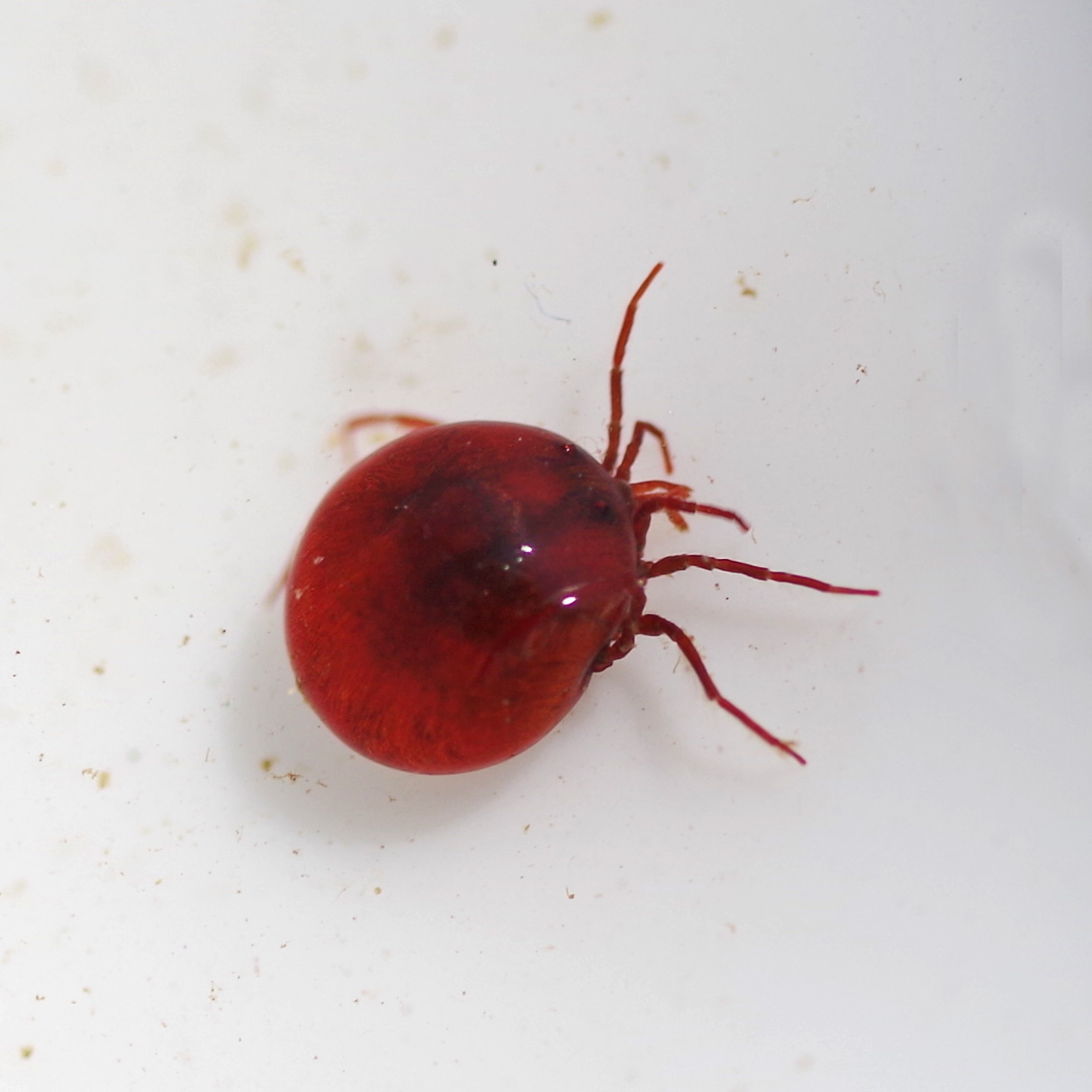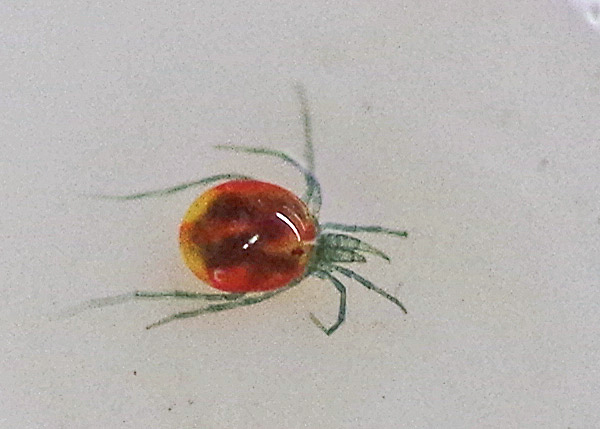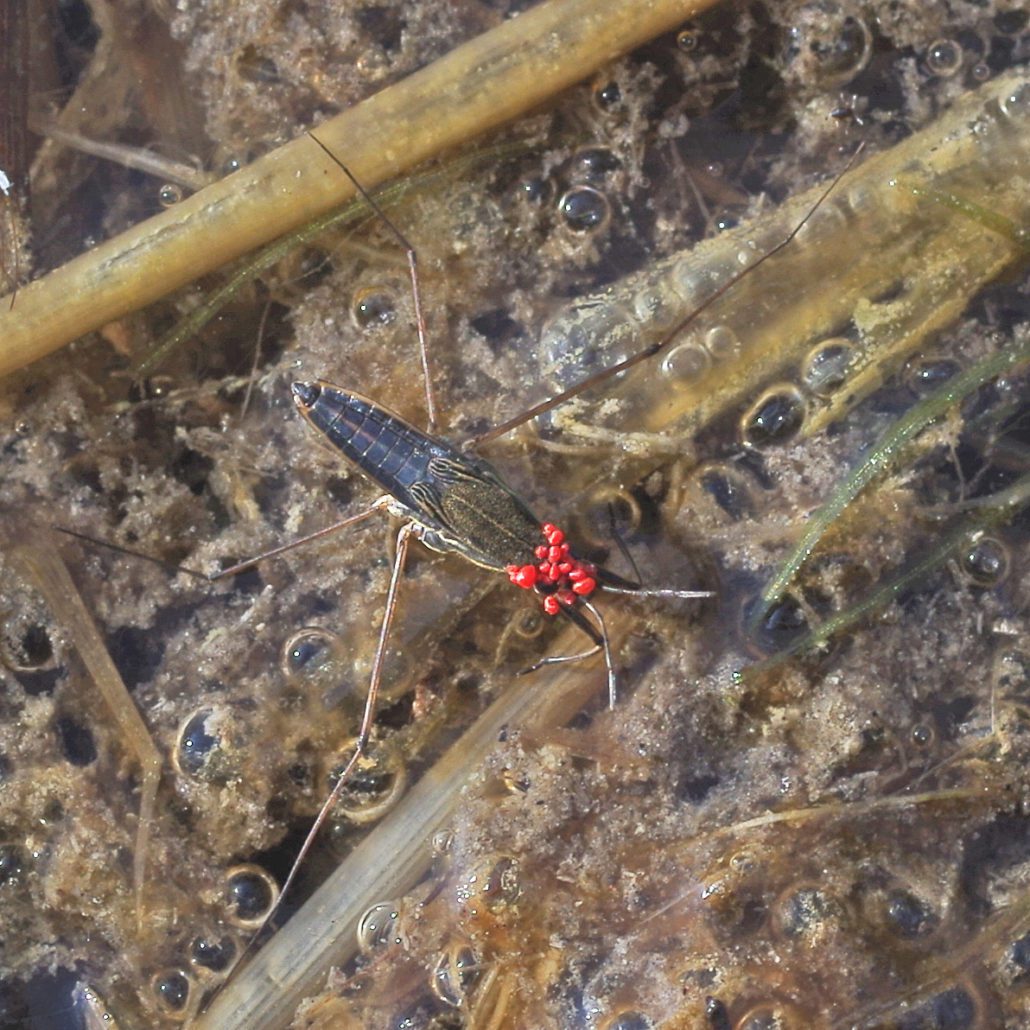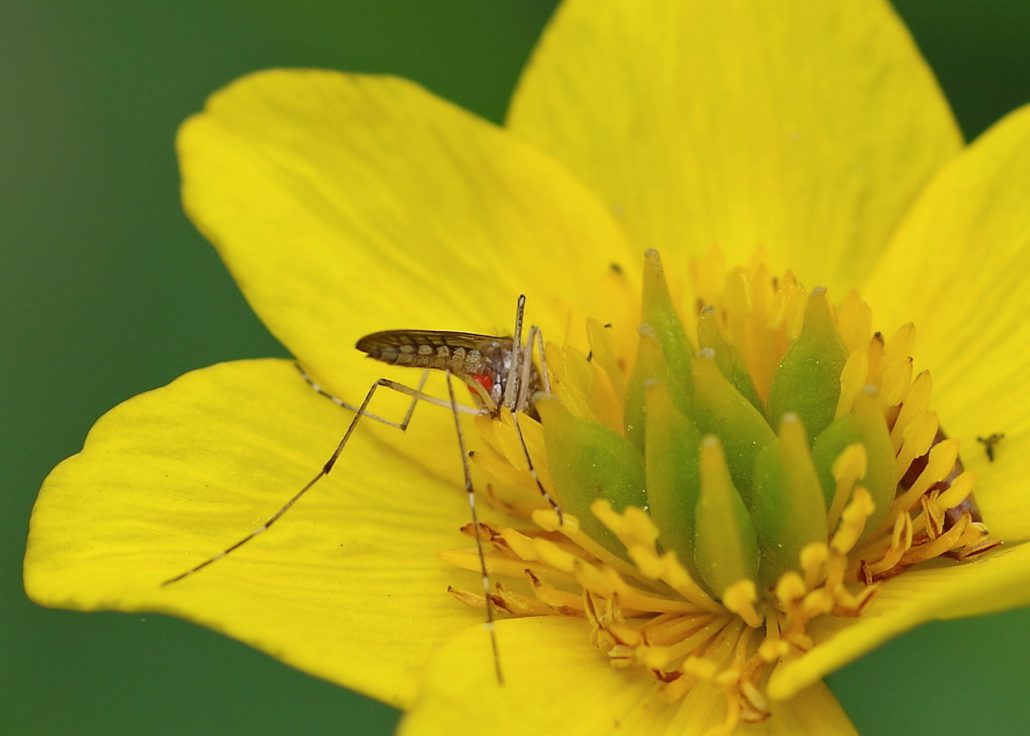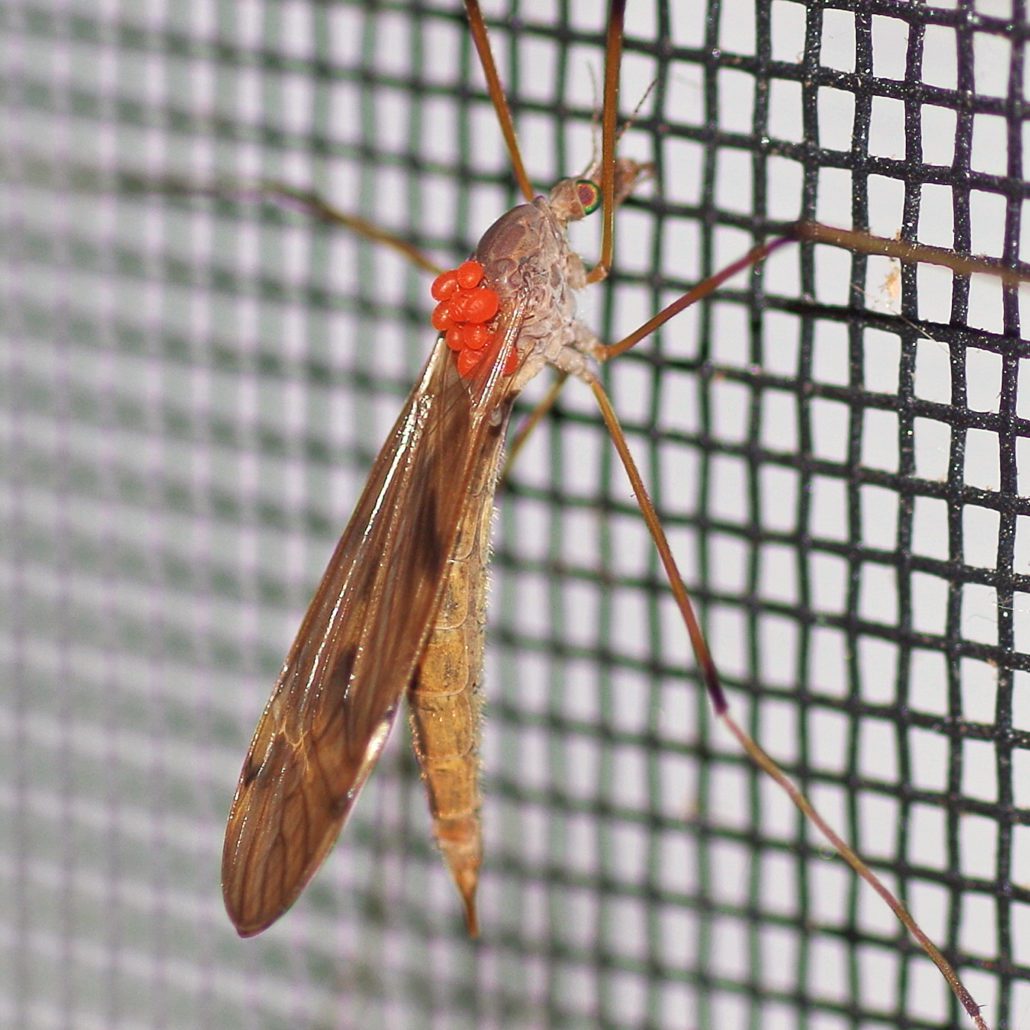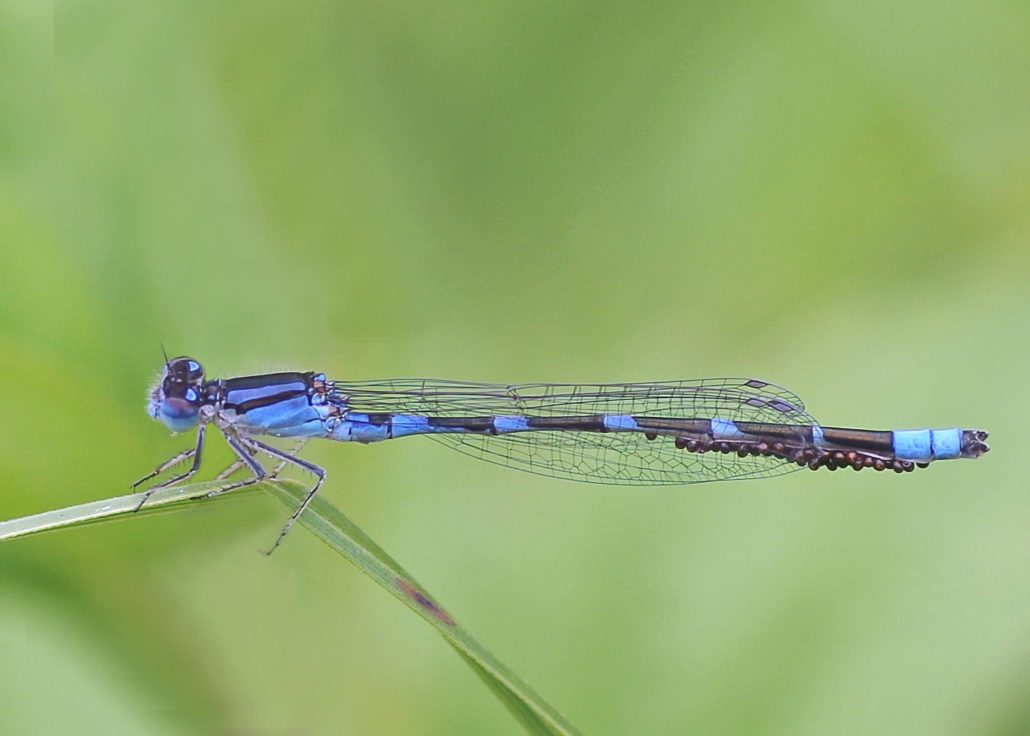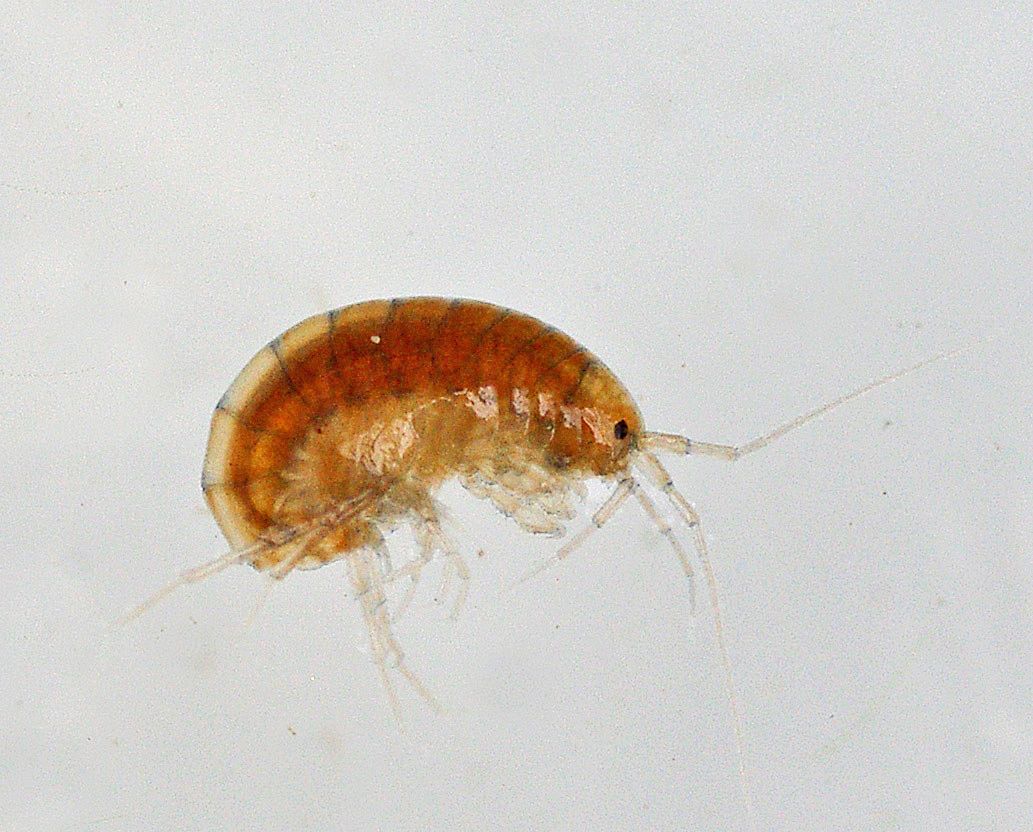
by Kate Redmond
Closed for June I Scuds, encore
Salutations, BugFans,
The BugLady usually closes for the month of June so that she can hit the trails, find newly-minted insects (preferably ones that she hasn’t written about yet), and start building up a stash of pictures for future episodes – by spring, her picture files are dominated by unidentified insects. Also, having hit 700 episodes at the end of March, the BugLady feels the need for a victory lap/vacation. Never fear – there will be something buggy in your mailbox every Tuesday in June.
We’ve spent the last five weeks celebrating American Wetlands Month, but really, every day is Wetlands Day, so here’s an encore episode from 2011 that was in the queue when we ran out of Tuesdays in May. New words; new pictures.
SCUDS
Sit down and put your feet up, it’s a long story.
OK, the BugLady could (and will) regale you with all sorts of arcane facts about scuds (aka amphipods or sideswimmers), but the main “take-home” here is that scuds are a hoot! And they’re pretty cute, too. What impresses people about scuds is their locomotion – they zip around in your collecting basin, pausing under the shelter of vegetation, and then they’re off again. In The New Field Book of Freshwater Life, Elsie B. Klots says that they walk and crawl, “skittering’ on their sides by flexing and extending their entire body, and frequently rolling up on their sides or back.” Anne Haven Morgan, in her Field Book of Ponds and Streams, adds that “Amphipods are accomplished water acrobats and can climb, jump, swim or glide with equal ease.”
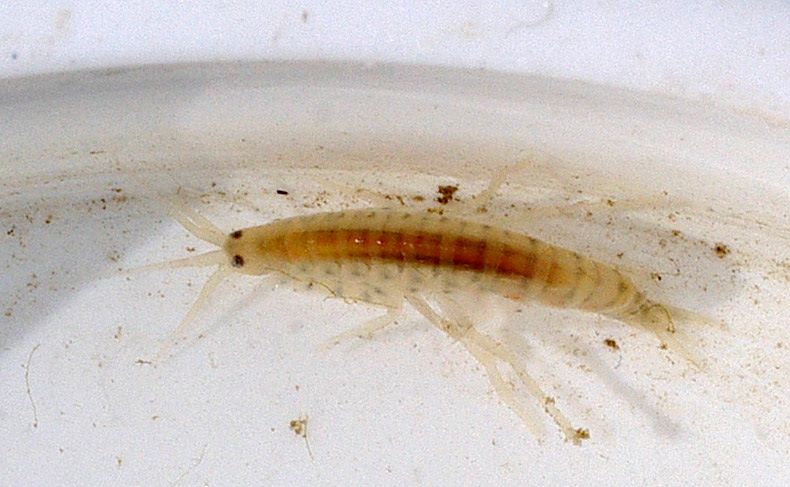
Their pedigree: Scuds aren’t insect “bugs”, but they are located under the giant umbrella of the phylum Arthropoda, along with insects, crayfish, scorpions, spiders, sowbugs, centipedes, fairy shrimp, and more. Arthropods (“jointed legs”) are a mighty bunch that includes more than three-quarters of all animal species! Within the arthropods, scuds are in the subphylum Crustacea, class Malacostraca, and the order Amphipoda. That’s a bunch of big names for a small critter, and it doesn’t stop there – common names for this often indistinguishable bunch include freshwater shrimp, scud, sideswimmer, and gammarid (Amphipoda includes a large family, Gammaridae). The taxonomy of these critters is, of course, under review.
Most Amphipods are Marine, but there are about 150 species of freshwater scuds in North America. They are secretive bottom-dwellers, gracing cool, well-oxygenated springs and pools that have some calcium in the water for their shells (one source linked the size of scuds to the availability of oxygen in the water). They prefer waters that are “fish-lite,” and they may grace these waters in huge numbers, up to 10,000 per square meter. Look for scuds in tangled vegetation or under decaying leaves. Through these thickets, they crawl and pull themselves along, using clawed legs and bodily contortions.
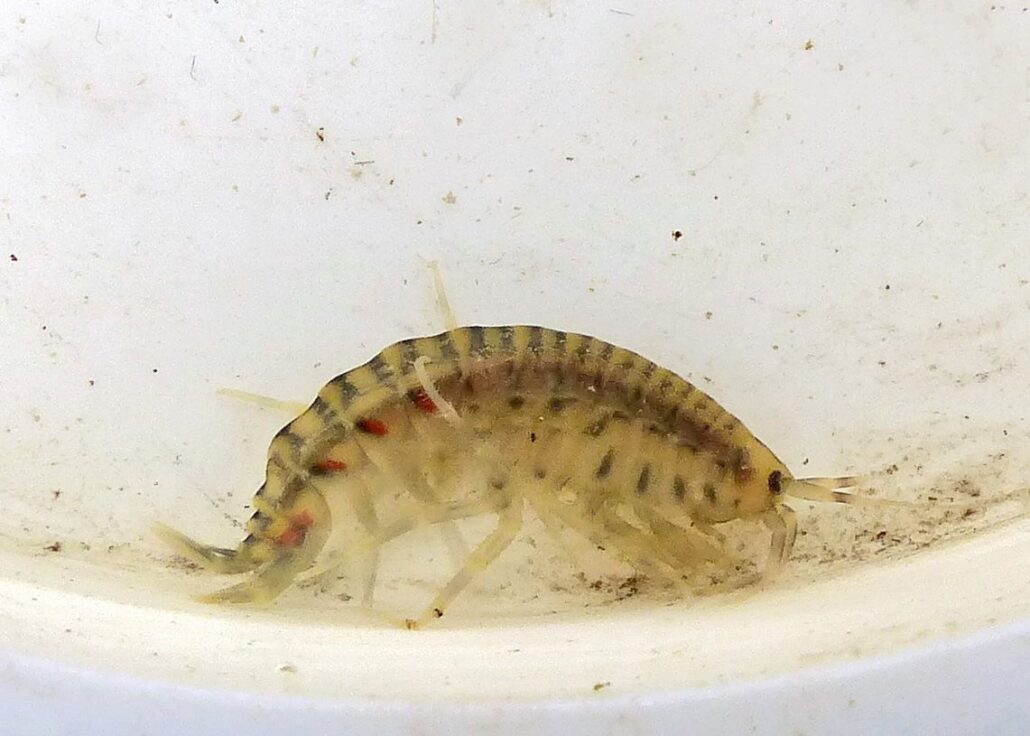
Some species of amphipods are highly specialized, living in hot springs, caves, marine estuaries, or in deep, underground springs, and others are able to survive the drying of ephemeral ponds by burrowing into the mud. The presence of some kinds of amphipods testifies to a waterway’s purity, but many species of scuds are tolerant of varying degrees of pollution. They can’t live in poorly-oxygenated waters, and some species have fairly limited temperature “windows.”
The BugLady read of behemoth scuds that grow as large as an inch, but most are barely half of that. Like a flea, a scud’s body is ultra-streamlined – arched and laterally flattened (if you look at them head-on, they’re pretty slim). The front end (cephalothorax) consists of the head and the first segment of the thorax and is home to eyes, antennae, and mouth. That’s followed by seven segments of thorax, with each segment bearing a pair of long climbing/walking legs (the first two pairs end in claws that are used in feeding and mating). Gills are located at the base of the thoracic legs. The last six segments are the abdomen, with six pairs of shorter appendages/legs that aid in locomotion and also push oxygenated water toward the gills (Amphipoda means “both kinds of foot”). Scuds come in a variety of mostly neutral to pastel colors (influenced by their diet) and are often translucent. Telling one genus from another may require a microscope.
So, how does a scud make sense of the world? Scuds are light-averse, preferring starlight to sunlight. Their two pairs of antennae are sensitive to both touch and smell. While many amphipods see through well-developed, functioning, compound eyes, species restricted to caves and underground springs may be eyeless or have only vestigial eyes (but well-developed tactile hairs). Normally-eyed species may evolve into blindness when restricted to permanently dark environs.
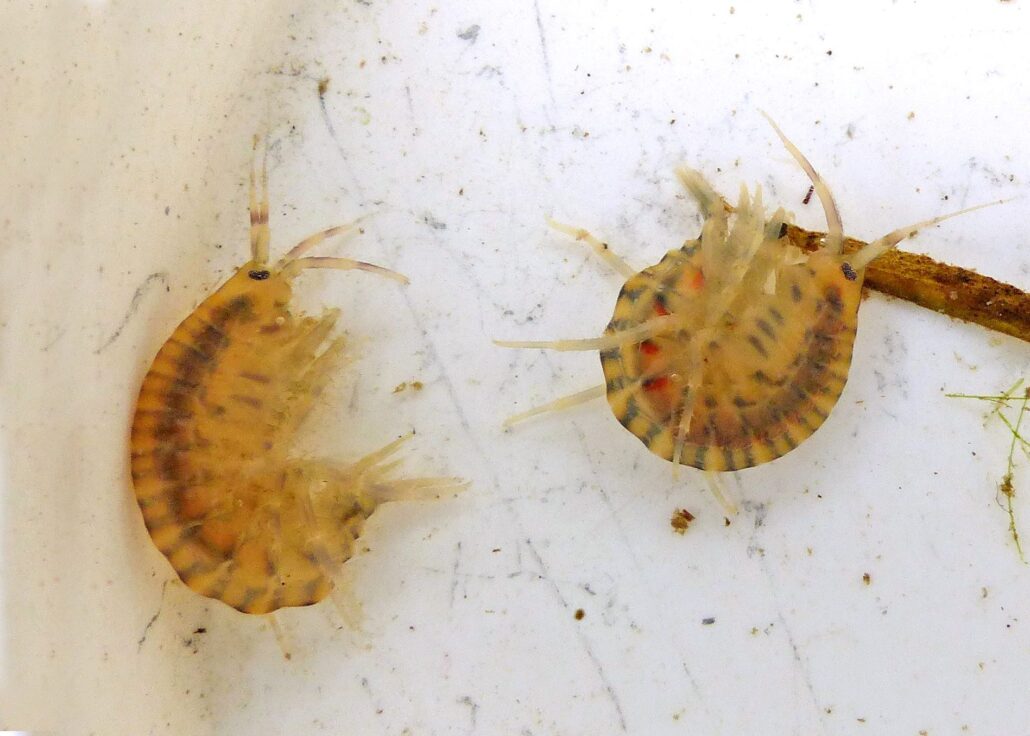
And where do little scuds come from? Males and females swim piggy-back for days, preparatory to The Act. If she needs to molt during that period, they separate briefly and then get back together after she has shed. Like water sowbugs, female scuds have a structure called a marsupium on the underside of their thorax. He passes sperm to her, and it mixes with the eggs (1 to 50 of them) in her marsupium. She will carry the eggs around for one to three weeks until they hatch, and then she’ll carry the little tykes for an additional week. If the dissolved oxygen in the water decreases, she may “ventilate” her marsupium by moving her first three pairs of abdominal legs to create a current. The next time she molts, her fully-developed (but microscopic) young are released.
The young scuds shed their exoskeleton eight or nine times on their way to adulthood (the exoskeleton splits across the back between two thoracic segments; the front half of the body is pulled out of the old exoskeleton first, and then the rear half), and adults continue to shed throughout their lives (which, if they’re lucky, may span more than two years).
The BugLady encountered a bit of amphipod ambiguity about whether a female breeds more than once. Pennak, in his venerable Fresh-Water Invertebrates of the United States, states that most species of amphipods breed only once. Other sources say that females can have several broods (up to 10) between April and October, but they must dance the dance each time. According to Morgan, a female that produces 22 eggs every 11 days potentially has 24,221 offspring in a year (but egg mortality is high).
What do they eat? Scuds are listed as detritivores, which means that they eat detritus – fragments of decaying organic stuff (including their own, shed skins) – from the water around them. This “recycling” – breaking down organic materials into ever-smaller pieces for re-use by ever-smaller critters – is an important ecosystem service. They also graze on the thin layer of algae, fungi and bacteria that covers submerged leaves, and although only a few species are predators, scuds may nibble on dying or freshly-dead aquatic critters. They use those first two pairs of clawed feet to hold a morsel while they chew on it. Scuds tend to live in waters too constricted and shallow for fish, but fish can be a major predator. In the Western lakes where scuds were introduced as trout food, they make up almost a half of the trout’s diet.
If you Google “freshwater amphipods,” most of your hits will be photos and scientific articles, but if you Google “freshwater scuds,” you’ll find fishing sites and opportunities to buy scud-like lures. Several of the fishermen’s sites point out that scuds are related to shrimp and propose that although they are small, scuds might taste good in garlic sauce (what wouldn’t??). The presence of the usual compliment of parasites in scuds suggests culinary caution.
About the humble scud, the Pond Informer website says, “Apart from being nutrient recyclers, they collectively serve as a high-quality type of food for secondary consumers. They aren’t just consumed by fish; they are also a favorable prey type for larger crustaceans, wetland birds, amphibians, semi-aquatic reptiles, and riparian mammals. Gammarids are often considered ‘keystone’ species wherever they occur because their presence helps shape and establish working patterns for the existing ecosystem.”
When she posted this episode in 2011, the BugLady said that it wasn’t known how scuds got from one pond to another. She received an email from BugFan Don, who wrote, “Back in the good old days when I still went duck hunting, we would get ducks like bluebills and ring necks that had lots of scuds on their feet and leg feathers. They would still be alive when we got the ducks home. To suggest that these diving ducks carry scuds from pond to lake is not unreasonable.
Duck hunters called them shrimp. I’ve heard stories about seeing retrieving dogs covered with the things. These tend to be stories of the past, though. No one seems to see scuds in such abundance any more.
The minnow sellers in western Minnesota have introduced fathead minnows into a lot of the big shallow lakes that were used by the divers [diving ducks] that fed on the scuds. Bluebills leave Minnesota in worse shape than when they entered. It takes a really severe winter to kill the fatheads so they tend to persist and they decimate the scud populations. The divers responded by moving their migration and resting sites further west, into South Dakota. The minnow merchants prospered, in spite of laws that prohibit moving live fish from pond to pond.”
John Muir was right – everything IS connected!
Fun Fact about Scuds – according to J. Reese Voshell, Jr. in A Guide to Common Freshwater Invertebrates of North America, “scud” comes from a Norwegian word, skudda, which means “to push.” The word was Anglicized as scud “and came to mean to move or run swiftly.”
Another Fun Fact about Scuds – an American scud that somehow made its way to Europe is out-competing the native scuds and is considered invasive.
Every day is a Wetlands Day.
Kate Redmond, The BugLady
Bug of the Week archives:
http://uwm.edu/field-station/category/bug-of-the-week/

